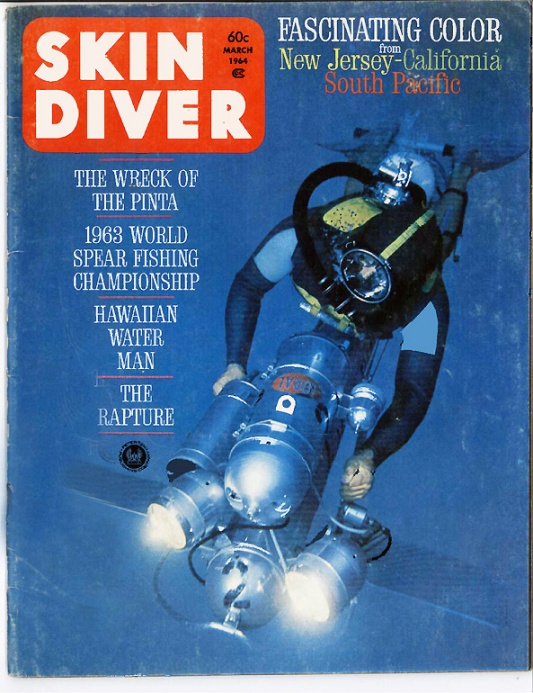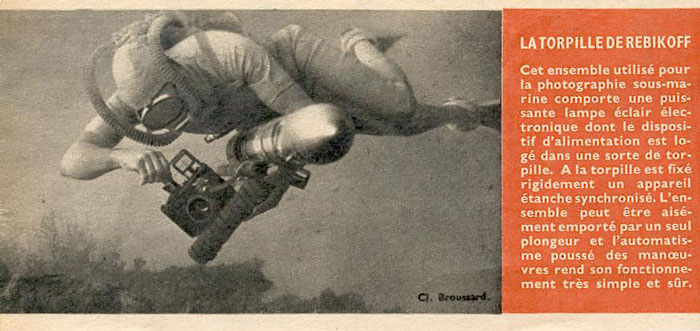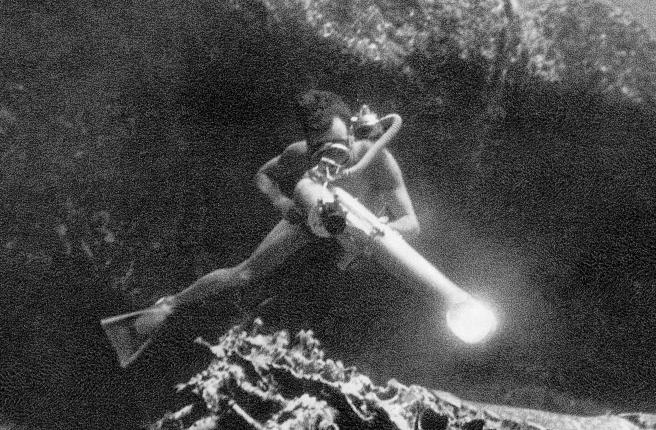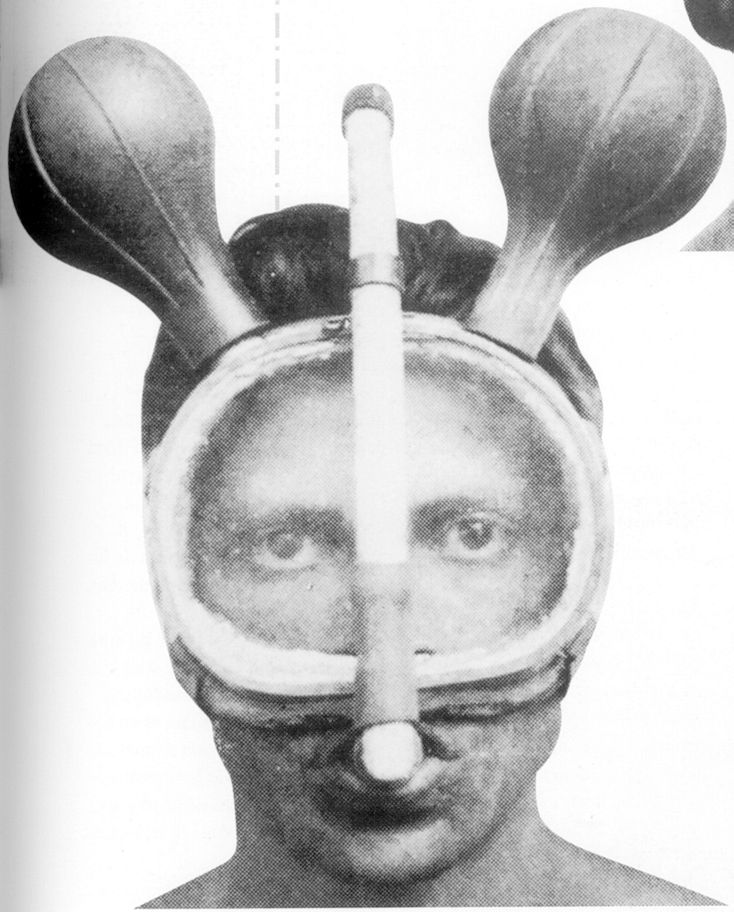RickI
Contributor
A lot of excellent background information on fins, thank you all for that! Speaking of vintage UW gear, has anyone used one of these?

http://fksa.org/showthread.php?page=14&t=6089
We used a variant in the 1970's, with a 300 ft. power cord? Had live wires pull out while the cable was still tied to the DPV once at 60 ft. You can get a real nice arc from 220 V 40 A underwater. Ended up cutting it free, very carefully!

http://fksa.org/showthread.php?page=14&t=6089
We used a variant in the 1970's, with a 300 ft. power cord? Had live wires pull out while the cable was still tied to the DPV once at 60 ft. You can get a real nice arc from 220 V 40 A underwater. Ended up cutting it free, very carefully!








